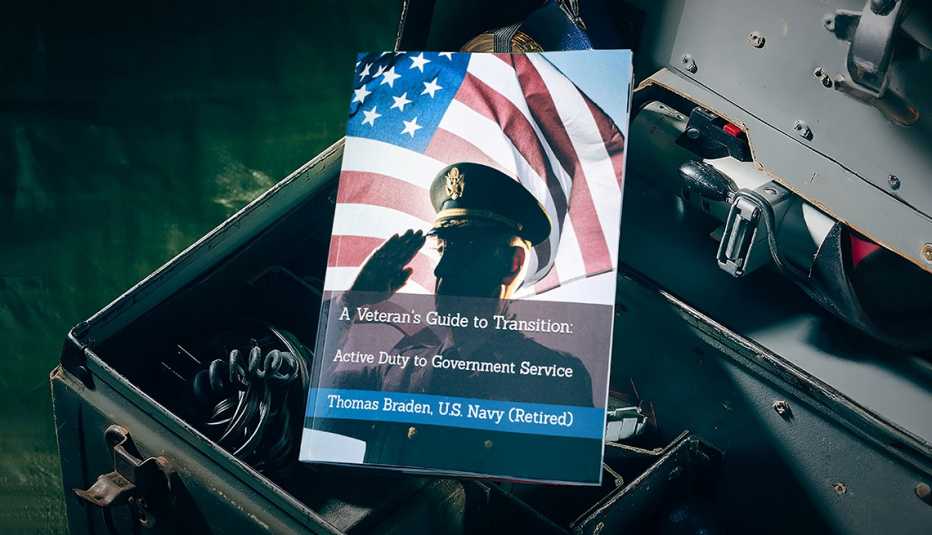Staying Fit


The good news for us over-50s is that federal government employees are older than almost everyone in the American workforce.
So, if you’re thinking of a second career after your time in uniform then you should know that the federal government is hiring people just like you and me.


You can subscribe here to AARP Veteran Report, a free e-newsletter published twice a month. If you have feedback or a story idea then please contact us here.
The bad news is that the process is extremely complex and difficult to navigate. But there’s some good news on that front, if you keep reading.
Three years ago, with 27 years on active duty under my belt, I set about getting a government job that would align with my wife’s career.
I figured there must be a book, website or organization out there that would guide me through the federal hiring process as a transitioning veteran. You know, so that I could take advantage of all those benefits I had heard so much about during my service.
There wasn’t.
To back up, when I completed my time in the Navy in 2018, I wasn’t certain what I’d do, but I thought, I’m good with people, maybe I should give human resources a try.


AARP Membership— $12 for your first year when you sign up for Automatic Renewal
Get instant access to members-only products and hundreds of discounts, a free second membership, and a subscription to AARP the Magazine.
I studied for certification as a strategic human resources manager (SHRM). But, as often happens, life got in the way. My wife, a U.S. civil servant (and not a veteran) with the Department of the Navy, was offered a position working in the U.S. embassy in Jakarta.
Three days after I retired, we moved to Indonesia. As luck would have it, shortly after our arrival an opening for an HR adviser with the U.S. Agency for International Development (USAID) was posted.

































































More From AARP Veteran Report
Here’s What Veterans Should Do About a Bad Back
Get moving, change your posture — and don’t put off decisionsMoviemaker Honors Great-Uncle Pilot Who Was Killed Saving Comrades
Lt. Royal Stratton died in the Pacific in 1945 as he rescued nine downed fellow airmenFinal Rescue Mission for First American Soldier Into Afghanistan
A Green Beret is now trying to save the Afghan allies he fought alongside after 9/116 Canines Who Served With Honor
Faithful best friends in trenches, foxholes, ships, aircraft and POW camps